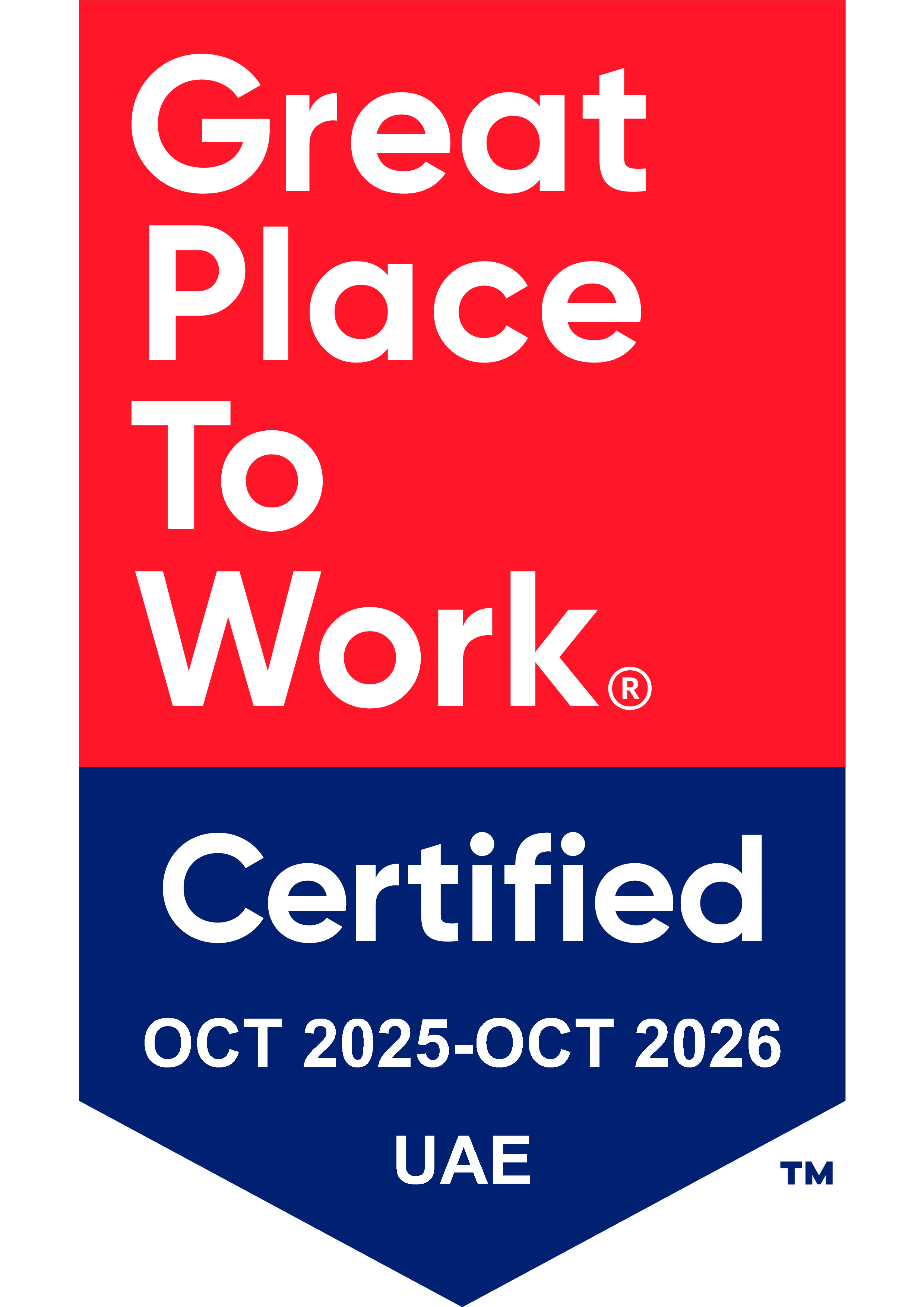Leveraging Location, Mobile & Sensor Data for Retail Success
How does AdMobilize technology function within malls and destinations?
AdMobilize’s technology has been developed to capture audience exposure to digital screens and Digital Out-of-Home (DOOH) assets in the real world. Just by placing camera sensors on digital screens, our clients, such as BackLite Media, can know how many people pass by, linger on, and even view their screens, capturing detailed information about the impact of campaigns.
We deliver post-campaign reports to BackLite’s clients through our computer vision software, which uses Artificial Intelligence (AI) to count and categorise the audience based on their physical attributes, but without identifying individuals and being able to quantify a campaign’s impact without compromising the public’s privacy. Computer vision, or allowing a computer to “see,” is one of the most advanced fields within AI and machine learning, allowing us to achieve high levels of accuracy when detecting audiences and getting the correct information for advertisers.
Al Qana in Abu Dhabi and Dubai Festival City, where this is especially difficult to quantify, having technology like this to quantify the audience is critical to driving successful campaign results. These are locations where people attend and spend significant amounts of time in them, pass by sections multiple times and have high dwell times compared to a street where they are just passing through. This is important for brands to understand as it can influence the type of content they can place and the time they have to catch the eye and communicate with their target audience.
What demographic information is collected from BackLite locations?
In recent years, there has been remarkable progress in AI and Computer Vision. One area that has shown significant progress is AI at the edge. This refers to the software running entirely on local machines installed at each site without saving or sending images or videos to the cloud. Our software solution uses the connected camera as an optical sensor instead of a recording device. This means the camera scans the mall/destination within milliseconds, detecting the objects it has been trained to identify. The people detected before BackLite’s screen can be analysed for various physical attributes. For example, the software can determine each person’s age and facial expression by examining their face and assigning a gender based on their facial and body features. It can also measure the amount of time each person spends in the area of exposure to the screen. By analysing the angle of the face, the software can determine if the person looks towards the screen and how long they pay attention to it.
The client is provided with data to prove their ads have been seen and to add context to where they are displayed. This includes the number of people reached, the time available to grab their attention, and the duration of the message. The software collects this data anonymously by detecting people like objects.
Can we monitor traffic patterns across BackLite’s digital screen network in Al Qana and Dubai Festival City mall?
Indeed, you can. As the metadata or the aggregated and anonymised data gets sent to the cloud to be shown on our dashboards and permanently stored, trends start to set and work as benchmarks for each location and screen being measured. This is especially important for DOOH. In contrast with other marketing channels, such as online, where every laptop is considered similar and has one person in front, each DOOH location is a world by itself. Screens come in all shapes and sizes, and each area has very different traffic patterns. Collecting this information over time helps marketers have benchmarks for making decisions on and adapting content.
What new technologies has AdMobilize developed to enhance clients’ campaign assessment capabilities?
Computer Vision has been around since the 1960s, so it’s a familiar technology. However, it’s still in the early stages of OOH advertising. Due to advancements in precision and computer power, this technology is becoming more widely used. As the scale of usage increases, more functionality will emerge. For example, OOH can trigger content based on previous or real-time data, making campaigns more targeted. Our proprietary technology and patented features, such as the ability to play content based on the audience in front of it, will enable marketers to design targeted campaigns.
PrDOOH is becoming the norm in the industry. Trusting the data and using it not only for reporting but also for interactivity and targeting will be essential. Our platform collects this information and helps screen owners connect that data to programmatic platforms and content management systems so that they can use that data to place the right content in the right place at the right time.






